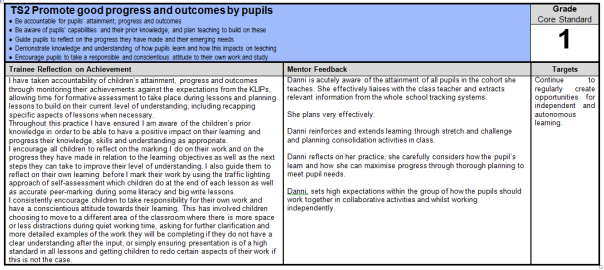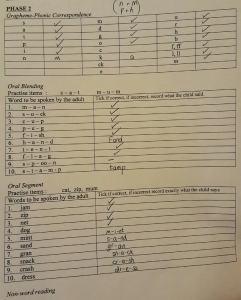25.02.16 – properties of 3D shapes
The lesson plan that I have attached shows a clear understanding of the children’s prior experiences and current stage of learning and how this impacts on the current lesson, with some children completing work for the higher ability group and others being closely monitored and supported throughout the completion of the task.
It also shows a clear differentiation between the ability groups for mathematics, with the Trapeziums receiving more guidance, easier practical provision and fewer complex vocabulary and the Parallelograms being supported in independently naming complex shapes and completing the activity with less scaffolding.
My deployment of the TA during this lesson shows my understanding of the impact they can have on lower attaining children’s learning. I identified children who would need extra guidance during different stages of the lesson, be that with the understanding of key vocabulary or with the main practical component of the activity, who my TA would be able to effectively support to enable them to achieve the learning objective.
The differentiated use of practical provision enabled the higher attaining children within the class to demonstrate their knowledge of both 2D and 3D shapes as they were required to create both using the materials provided. The lower attaining children however were provided with 2D Clixi shapes which they could identify and then use to create the 3D shapes. This ensured that all children within the class were able to demonstrate their understanding of 3D shapes without their knowledge of the properties of 2D shapes presenting a barrier to their learning.




